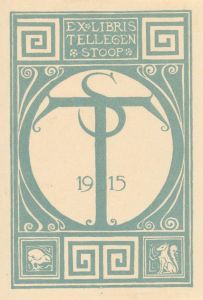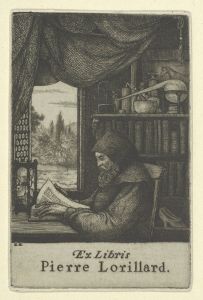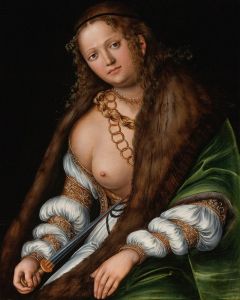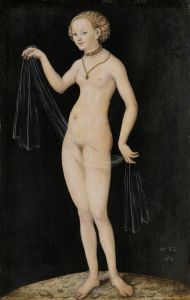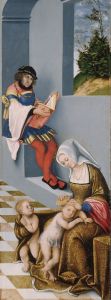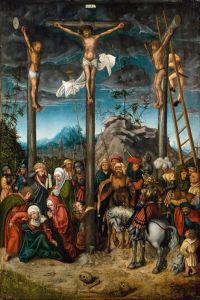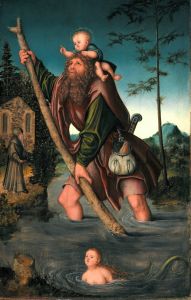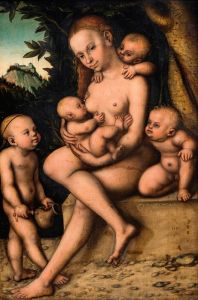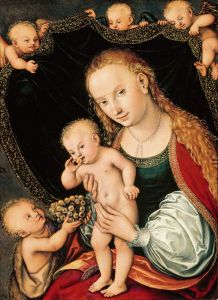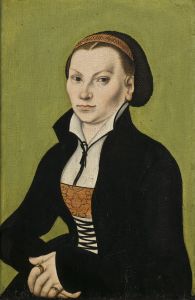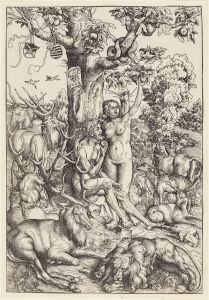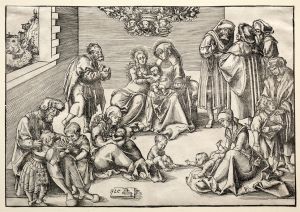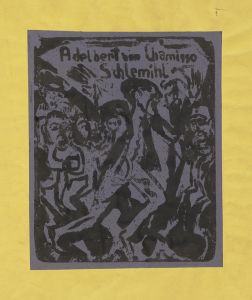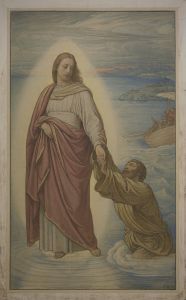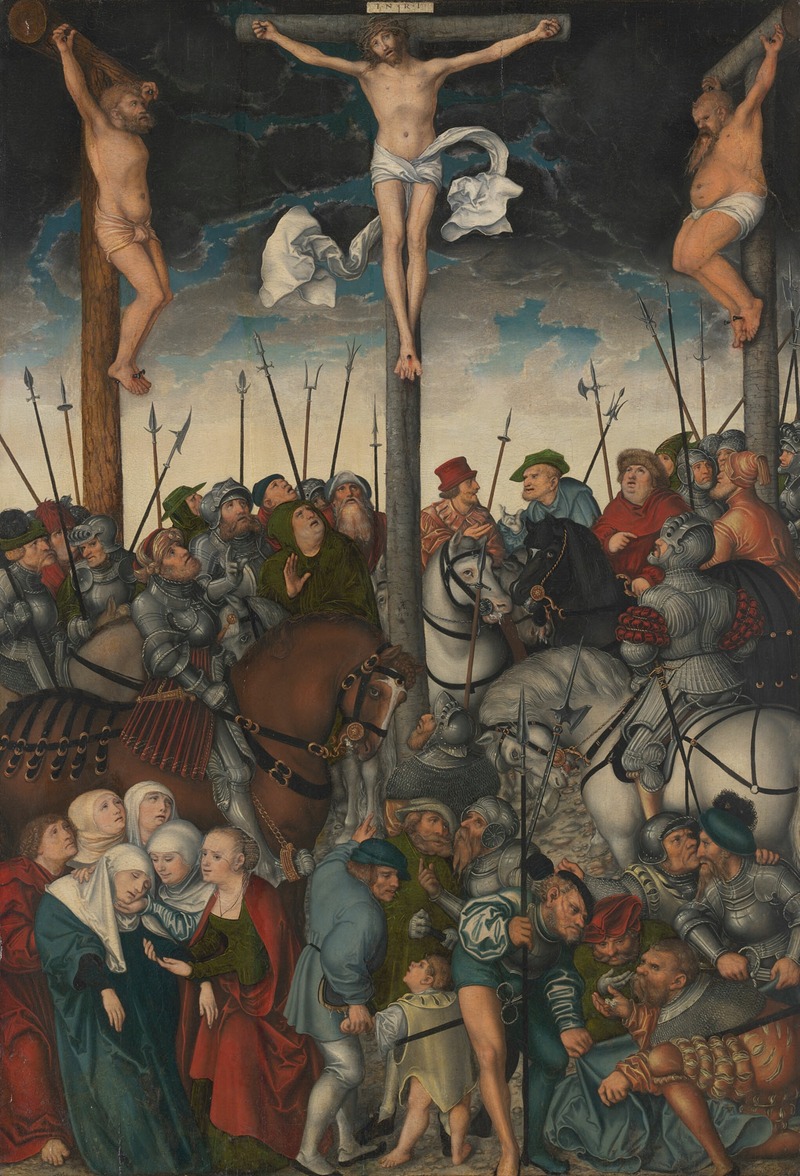
The Crucifixion
A hand-painted replica of Lucas Cranach the Elder’s masterpiece The Crucifixion, meticulously crafted by professional artists to capture the true essence of the original. Each piece is created with museum-quality canvas and rare mineral pigments, carefully painted by experienced artists with delicate brushstrokes and rich, layered colors to perfectly recreate the texture of the original artwork. Unlike machine-printed reproductions, this hand-painted version brings the painting to life, infused with the artist’s emotions and skill in every stroke. Whether for personal collection or home decoration, it instantly elevates the artistic atmosphere of any space.
Lucas Cranach the Elder, a prominent German Renaissance painter, created multiple depictions of the Crucifixion of Jesus Christ throughout his prolific career. These works reflect his distinctive style, characterized by precise detail, vibrant colors, and a blend of Gothic and Renaissance influences. While Cranach is best known for his portraits and mythological scenes, his religious paintings, including his interpretations of the Crucifixion, hold significant importance in his oeuvre.
One notable version of "The Crucifixion" by Cranach the Elder was completed in 1503. This painting is an early example of his work and demonstrates his skill in conveying religious themes with emotional depth and narrative clarity. The composition typically centers on Christ on the cross, surrounded by figures such as the Virgin Mary, Saint John the Evangelist, and other mourners. Cranach's attention to detail is evident in the expressions and gestures of the figures, which convey sorrow and devotion. The landscape in the background often includes symbolic elements, such as a darkened sky or a distant view of Jerusalem, enhancing the spiritual and dramatic impact of the scene.
Cranach's Crucifixion paintings were created during a time of significant religious change in Europe, coinciding with the early stages of the Protestant Reformation. Cranach himself was closely associated with Martin Luther and the Reformation movement, serving as a court painter to Frederick the Wise, Elector of Saxony, and producing numerous works that supported Protestant ideals. However, his religious paintings, including his depictions of the Crucifixion, often adhered to traditional Christian iconography, making them accessible to both Catholic and Protestant audiences.
The exact location of all of Cranach's Crucifixion paintings is not always clear, as some have been lost or are held in private collections. However, several versions are preserved in museums and galleries worldwide, including the Gemäldegalerie in Berlin and other institutions. These works continue to be studied and admired for their artistic and historical significance.
Cranach's ability to balance emotional intensity with technical precision makes his Crucifixion scenes enduring examples of religious art from the Northern Renaissance. His works not only reflect the spiritual concerns of his time but also showcase his mastery as a painter and his contributions to the cultural and religious discourse of the 16th century.





